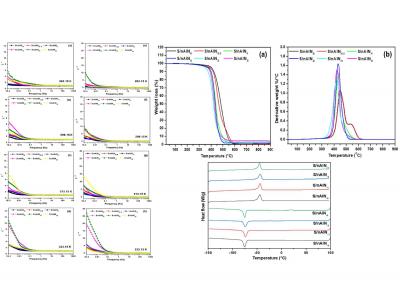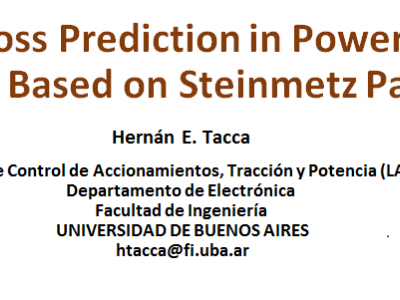Power and Energy
The study describes the use of nano aluminum nitride in developing thermally conductive but electrically insulative flexible materials for use in high-voltage insulation. The study begins with the detailed protocol for hydrophobic surface treatment of nanofillers for enhanced interaction with base silicone gum. TEM and XRD analysis are used to understand the shape, dimensions, and phase of the filler. XRD analysis revealed the coexistence of aluminum oxide in traces along with aluminum nitride.
- Categories:
 15 Views
15 Views
Fault Location: Adj2
Fault Type: Three-phase fault
PV Penetration: 20%
- Categories:
 1108 Views
1108 Views
The PCB files of the partially interleaved structure with low leakage inductance.
- Categories:
 142 Views
142 ViewsThis dataset contains solar radiation data at the high resolution of 1 second for consecutive 72 hours under dynamic weather conditions (sunny and cloudy days). This data can be useful in various fields and researchers can use it in their research for algorithms validation and performance evaluation.
- Categories:
 2247 Views
2247 ViewsPower to hydrogen (P2H) facilitates the utilization of intermittent renewable energy, but it also leads to massive energy losses in the form of heat. Waste heat recovery (WHR) for district heating is a promising way to reuse the heat energy that would otherwise be disposed. However, the combination of heating networks and P2H with WHR for improving the operational efficiency of integrated heating and electrical systems (IHESs) has rarely been considered in the existing literature.
- Categories:
 273 Views
273 Views
The case studies data are provided in this report to complement the paper ‘Modeling and Simulation of InverterBased Power Systems for Stability Analysis’.
- Categories:
 193 Views
193 Views
Normal
0
21
false
false
false
EN-US
ZH-CN
X-NONE
- Categories:
 129 Views
129 Views
Renewable energy is boosting the deployment of microgrids (MGs) with stochastic and low inertia nature. To improve the operational efficiency of MGs while guaranteeing frequency security, a three-stage stochastic unit commitment problem is proposed, where renewable energy can be deloaded. In the first stage, the diesel generators (DGs) are scheduled, responding to uncertainties of loads and photovoltaic generator output. In the second stage, the outputs of DGs are optimized to reduce the operational cost under uncertain disturbances.
- Categories:
 154 Views
154 Views


